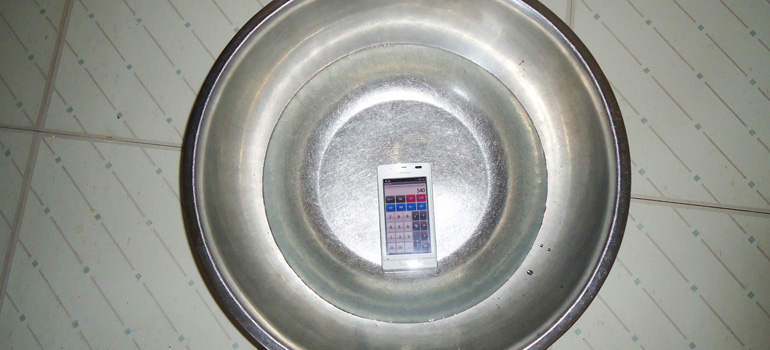
With the emergence of mobile platforms such as iOS, Android, and Windows Phone 8, it would seem that the U.S. is the hotbed for the latest mobile trends; however there is still a huge technology disparity in comparison to the Japanese mobile industry.
Many of the so-called smartphone features (e.g. web browsing, location based services, image editing, barcode reading, etc) were available in Japanese phones since the mid 2000s well before the current mobile platforms you see now. Features that haven’t been incorporated in the U.S. mainstream mobile market include NFC, One-Seg, water resistance, vital-signs monitoring, mobile wallet, mobile money transfers, house appliance control, home lighting control, and much more.
Some main reasons for the mobile technology disparity would be the lack of economies of scale and demographics. Intuitively, the population of U.S. is more spread-out among land area than Japan and that the U.S. has a less concentrated urban population percentage than Japan. Intuitively, when population is more spread-out in land area, a mobile carrier would have to construct more cell towers to provide coverage for subscribers which is very capital intensive. Since urban residents tend to have more disposable income than rural residents, they would be able to afford more expensive and luxurious handsets along with more advanced mobile services.
The handset model below, Panasonic Eluga X with high-speed charging capability, wireless charging capability, camera stabilization, full HD screen, water resistance, and other advanced Japanese mobile features just blows the iPhone and Galaxy phones away.
Luckily, for us in the U.S. the Japanese mobile trends will spill over across the Pacific in time, but the question indeed is how soon. My best guess would be between five to seven years.
I am looking forward to the day in which I can use my phone to purchase drinks at vending machines, control the locks of my residence, and watch live TV. Hopefully, the technology spill-over from Japan to U.S. will be sooner than my estimates.